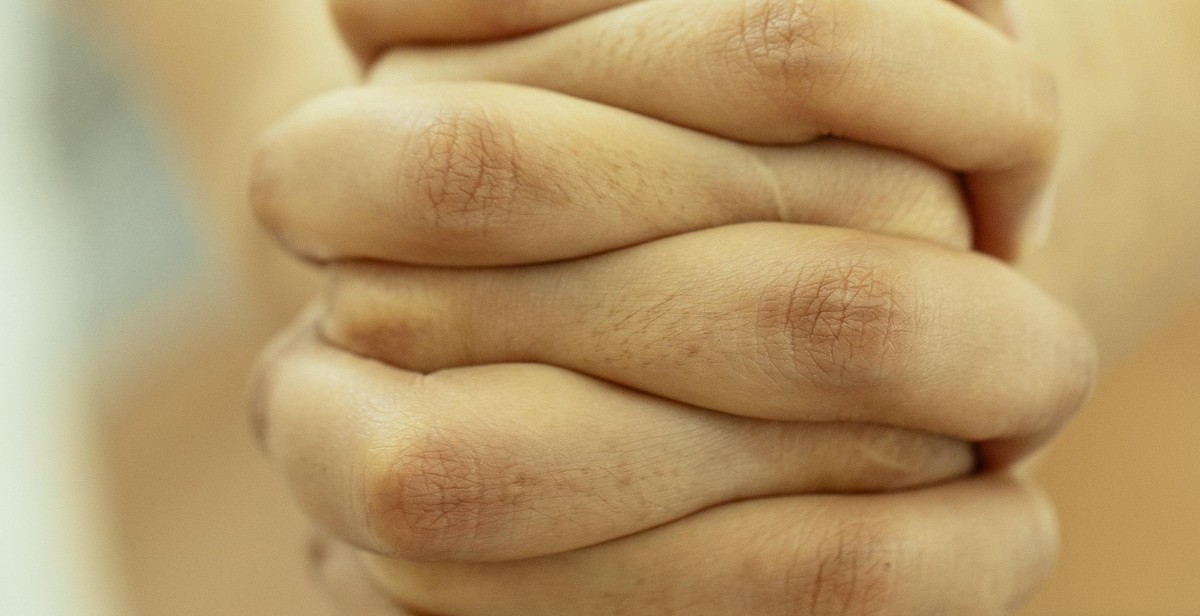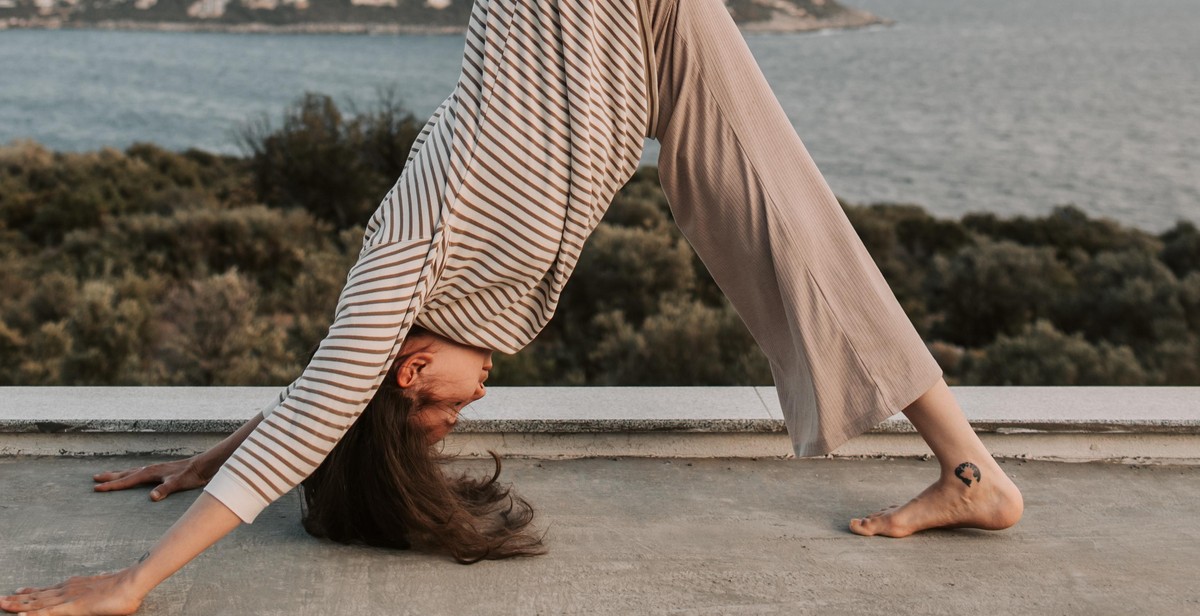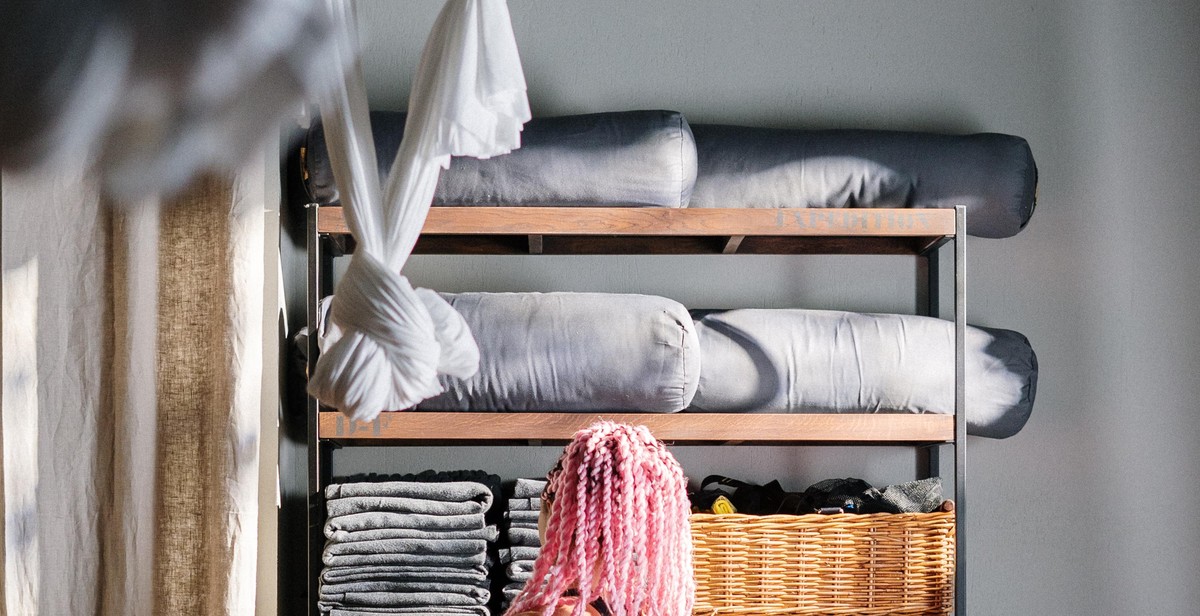How to Incorporate Colors in Your Yoga Practice: Enhancing Energy and Mood
Yoga is a holistic practice that promotes physical, mental, and emotional well-being. It combines movement, breath, and meditation to create a sense of balance and harmony within the body and mind. One way to enhance the benefits of yoga is by incorporating colors into your practice.
Colors have a powerful effect on our mood, emotions, and energy levels. Each color has a unique vibration and can stimulate different parts of the body and mind. By incorporating colors into your yoga practice, you can enhance your energy, mood, and overall well-being.
The Benefits of Color Therapy in Yoga
Color therapy, also known as chromotherapy, is a holistic healing modality that uses colors to promote health and well-being. The benefits of color therapy in yoga include:
- Enhancing energy levels
- Stimulating the chakras
- Improving mood and emotional balance
- Promoting relaxation and stress reduction
- Boosting the immune system
How to Incorporate Colors into Your Yoga Practice
There are many ways to incorporate colors into your yoga practice, including:
- Wearing colored clothing
- Using colored yoga props, such as mats, blocks, and straps
- Visualizing colors during meditation
- Practicing yoga poses that stimulate specific chakras
- Using colored lights or candles during your practice
By incorporating colors into your yoga practice, you can enhance the benefits of this ancient practice and promote overall health and well-being.

The Meaning Behind Colors
Colors have a significant impact on our emotions, mood, and energy levels. Understanding the meaning behind each color can help you choose the right colors to incorporate into your yoga practice to enhance your experience.
Red
Red is a powerful and intense color that is associated with passion, energy, and strength. It can stimulate your body and mind, increase your heart rate, and boost your confidence. In yoga, red is often used to enhance the root chakra, which is located at the base of the spine and is associated with grounding, stability, and survival.
Orange
Orange is a warm and inviting color that is associated with creativity, enthusiasm, and optimism. It can help you feel more confident, creative, and motivated. In yoga, orange is often used to enhance the sacral chakra, which is located in the lower abdomen and is associated with pleasure, creativity, and sexuality.
Yellow
Yellow is a bright and cheerful color that is associated with joy, happiness, and positivity. It can help you feel more optimistic, energized, and focused. In yoga, yellow is often used to enhance the solar plexus chakra, which is located in the upper abdomen and is associated with personal power, confidence, and self-esteem.
Green
Green is a calming and soothing color that is associated with balance, harmony, and growth. It can help you feel more relaxed, centered, and connected to nature. In yoga, green is often used to enhance the heart chakra, which is located in the center of the chest and is associated with love, compassion, and emotional healing.
Blue
Blue is a serene and peaceful color that is associated with tranquility, clarity, and communication. It can help you feel more calm, focused, and expressive. In yoga, blue is often used to enhance the throat chakra, which is located in the throat and is associated with self-expression, communication, and creativity.
Purple
Purple is a mystical and spiritual color that is associated with intuition, wisdom, and enlightenment. It can help you feel more connected to your inner self, your intuition, and your spiritual path. In yoga, purple is often used to enhance the third eye chakra, which is located in the center of the forehead and is associated with intuition, perception, and spiritual awareness.
White
White is a pure and peaceful color that is associated with clarity, purity, and innocence. It can help you feel more calm, focused, and centered. In yoga, white is often used to enhance the crown chakra, which is located at the top of the head and is associated with spirituality, enlightenment, and higher consciousness.
Black
Black is a mysterious and powerful color that is associated with strength, protection, and transformation. It can help you feel more grounded, protected, and empowered. In yoga, black is often used to enhance the root chakra, which is located at the base of the spine and is associated with grounding, stability, and survival.

Incorporating Colors in Your Yoga Practice
Yoga is a holistic practice that aims to balance the mind, body, and spirit. One way to enhance this balance is by incorporating colors into your yoga practice. Each color corresponds to a chakra, or energy center, in the body. By focusing on a specific color during your practice, you can activate and balance the associated chakra, enhancing your energy and mood.
Red for Root Chakra
The root chakra, located at the base of the spine, represents stability, grounding, and survival. The color red is associated with this chakra, and incorporating it into your practice can help you feel more grounded and centered. Try wearing red yoga clothes or focusing on the color red during your meditation.
Orange for Sacral Chakra
The sacral chakra, located in the lower abdomen, represents creativity, sensuality, and pleasure. The color orange is associated with this chakra, and incorporating it into your practice can help you feel more creative and inspired. Try practicing yoga in an orange room or wearing orange yoga clothes.
Yellow for Solar Plexus Chakra
The solar plexus chakra, located in the upper abdomen, represents confidence, power, and self-esteem. The color yellow is associated with this chakra, and incorporating it into your practice can help you feel more confident and empowered. Try practicing yoga in a yellow room or wearing yellow yoga clothes.
Green for Heart Chakra
The heart chakra, located in the center of the chest, represents love, compassion, and forgiveness. The color green is associated with this chakra, and incorporating it into your practice can help you feel more loving and compassionate. Try practicing yoga in a green room or wearing green yoga clothes.
Blue for Throat Chakra
The throat chakra, located in the throat, represents communication, self-expression, and truth. The color blue is associated with this chakra, and incorporating it into your practice can help you communicate more effectively and express your true self. Try practicing yoga in a blue room or wearing blue yoga clothes.
Purple for Third Eye Chakra
The third eye chakra, located in the center of the forehead, represents intuition, wisdom, and spiritual insight. The color purple is associated with this chakra, and incorporating it into your practice can help you tap into your intuition and spiritual awareness. Try practicing yoga in a purple room or wearing purple yoga clothes.
White for Crown Chakra
The crown chakra, located at the top of the head, represents consciousness, enlightenment, and spiritual connection. The color white is associated with this chakra, and incorporating it into your practice can help you feel more connected to the divine. Try practicing yoga in a white room or wearing white yoga clothes.
Black for Grounding and Protection
Black is not associated with a specific chakra, but it can be used to ground and protect your energy during your practice. Try incorporating black into your practice by wearing black yoga clothes or practicing in a black room.
By incorporating colors into your yoga practice, you can enhance your energy and mood, and balance your chakras. Experiment with different colors and see how they make you feel. Remember, the most important thing is to listen to your body and choose the colors that resonate with you.

Meditation with Colors
Meditation is a powerful tool for calming the mind and reducing stress. Incorporating colors into your meditation practice can enhance your energy and mood, helping you to achieve a deeper level of relaxation and focus. Here are some ways to incorporate colors into your meditation practice:
1. Choose a color
First, choose a color that resonates with you. Each color has a different energy and can have a different effect on your mood and emotions. For example, blue is calming and can help to reduce anxiety, while yellow is energizing and can help to boost your mood. Choose a color that you feel drawn to and that you think will help you achieve your meditation goals.
2. Visualize the color
Once you have chosen a color, close your eyes and visualize it in your mind’s eye. Imagine the color surrounding you, filling you with its energy. You can also picture the color as a ball of light in front of you, or imagine yourself sitting in a room filled with the color.
3. Use colored lights
You can enhance your meditation practice by using colored lights. For example, you can place a blue light in your meditation space to help you feel calm and centered. Alternatively, you can use a red light to energize your practice and boost your focus.
4. Wear colored clothing
Wearing colored clothing can also help to enhance your meditation practice. Choose clothing in the color you have chosen for your meditation, or wear clothing in different colors to help you achieve different meditation goals.
5. Use color therapy
Color therapy is a form of alternative medicine that uses colors to promote healing and balance in the body. You can incorporate color therapy into your meditation practice by using colored crystals or gemstones, or by using colored essential oils or candles.
By incorporating colors into your meditation practice, you can enhance your energy and mood, helping you to achieve a deeper level of relaxation and focus.

Conclusion
Color therapy is an ancient technique that has been used for centuries to enhance energy and mood. By incorporating colors into your yoga practice, you can boost your physical, mental, and spiritual well-being. The benefits of color therapy are numerous, and it can help you achieve a deeper level of relaxation and inner peace.
Whether you choose to wear colorful yoga clothing, use color-coded yoga mats and props, or practice visualization techniques, there are many ways to incorporate colors into your yoga practice. The key is to experiment with different colors and find what works best for you.
Remember that the colors you choose can have a profound effect on your mood and energy levels. So if you’re feeling stressed or anxious, try incorporating calming colors like blue and green. And if you need an energy boost, opt for vibrant colors like red and orange.
By incorporating colors into your yoga practice, you can enhance your physical and emotional well-being. So next time you roll out your yoga mat, take some time to consider the colors you’re surrounded by and how they make you feel.
| Benefits of Color Therapy in Yoga: |
|---|
| Boosts energy levels |
| Enhances mood |
| Reduces stress and anxiety |
| Improves focus and concentration |
| Deepens relaxation and inner peace |
Overall, incorporating colors into your yoga practice can be a fun and effective way to enhance your overall well-being. So why not give it a try and see how it works for you?
